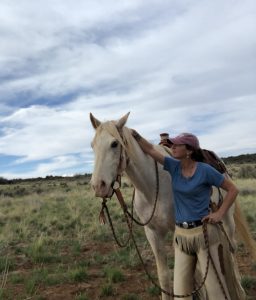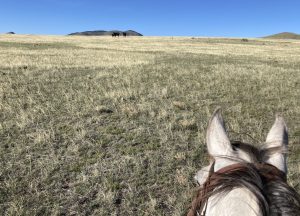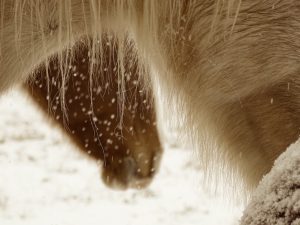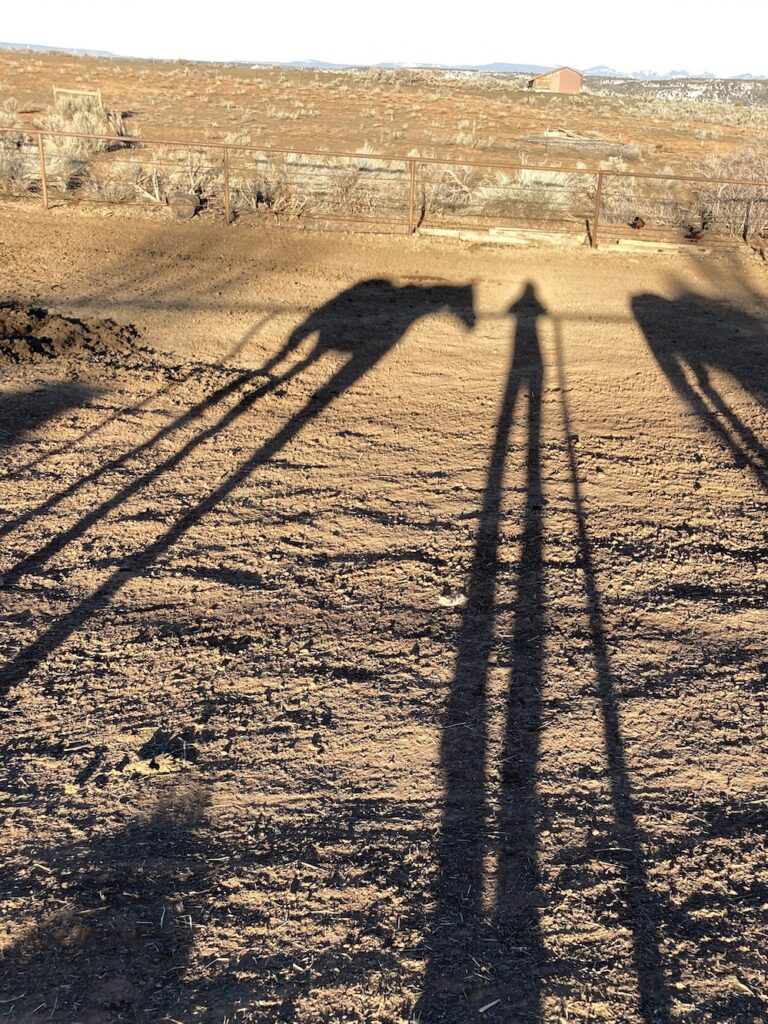Editor’s Note: This opinion piece was originally published in the Washington Post and is republished here. I am throwing in some pretty random pics. Sorry – no provocative images here! It’s dedicated to Barry, pictured first, a horse I lost last year and still miss dearly.
By Maddy Butcher
 Horses haven’t been slaughtered in the United States since 2007, after Congress stopped funding Agriculture Department inspections needed for slaughterhouses to keep operating. But debates over the practice continue.
Horses haven’t been slaughtered in the United States since 2007, after Congress stopped funding Agriculture Department inspections needed for slaughterhouses to keep operating. But debates over the practice continue.
I’m a horse owner, and I love my animals, but I’m not sure closing U.S. slaughterhouses was the best move. One thing I am sure of: I wish people with strong feelings on this subject and who often seem to live in cities, detached from agriculture, had a better understanding of farm and ranch animals’ lives, from first breath to last.
Earlier this year, two Denver-area lawmakers sponsored legislation to criminalize selling a horse while “reasonably” knowing it will be exported and slaughtered for food. Since 2007, “kill buyers” have resorted to shipping horses to Canada and Mexico. “We really can put a stop to this cruelty and this suffering,” said one of the bill’s sponsors.
Across the state line, seven Wyoming legislators, coming from another perspective, expressing “urgent concern” about ecological damage done by wild horses and burros, proposed in January a resolution calling for the reopening of equine slaughter facilities.
The Colorado bill didn’t pass and the Wyoming resolution died in committee. People on both sides of the matter meant well. No doubt more legislation about horses and slaughterhouses is on the horizon. But will politicians know the subject intimately before crafting laws to alter the fates of animals and the lives of the people responsible for them? I doubt it.
 A little background is in order. Today there are some 7 million horses in the United States, down from about 20 million a century ago, when about 30 percent of Americans lived on farms (now fewer than 2 percent do) and owning a horse was commonplace.
A little background is in order. Today there are some 7 million horses in the United States, down from about 20 million a century ago, when about 30 percent of Americans lived on farms (now fewer than 2 percent do) and owning a horse was commonplace.
In 2021, 23,431 horses were exported from the United States and slaughtered across the borders. Generations ago, it should be considered, U.S. facilities regularly turned horses into canned meat for dogs and steaks for us humans.
In recent decades, however, animal welfare advocates have succeeded in convincing many that slaughter is the same as suffering. In the case of equines, advocates have also seemed to persuade many that eliminating the slaughter option means American horses will live out bucolic lives until they die — old, fat and happy, under a shade tree in a green pasture.
In reality, there will always be reasons horses are unwanted. New owners sometimes think they can manage a green horse but can’t; or people think they can manage the expense of owning a horse but can’t. Eliminating domestic slaughter has only shifted the misery: Now an unwanted horse might be purchased by a kill buyer and subjected to a miserable marathon drive across the border for slaughter.
 More likely, it is abandoned, neglected or starved. These are prolonged and cruel substitutes for a domestic slaughterhouse death, where typically a device called a captive bolt gun would be used to render a horse unconscious before bleeding it out.
More likely, it is abandoned, neglected or starved. These are prolonged and cruel substitutes for a domestic slaughterhouse death, where typically a device called a captive bolt gun would be used to render a horse unconscious before bleeding it out.
If you lived rurally, if you saw what happens when people’s intentions outstretch their abilities, you would know. Years ago, even People for the Ethical Treatment of Animals understood that. In 2011, PETA’s founder said the United States should have never ended domestic slaughter. “The amount of suffering that it created exceeded the amount of suffering it was designed to stop,” Ingrid Newkirk said of the slaughter ban.
Now, though, animal-welfare advocates like the proponents of the Colorado proposal seem to suggest that every unwanted horse should be purchased, adopted and potentially used in settings such as equine-assisted therapy programs. I roll my eyes. Caring for horses takes money, space, expertise and athleticism. They entered the slaughter stream because of a dearth of responsible horse owners. If there were a bevy of responsible new owners, the trips to slaughter would end. But there isn’t. So it hasn’t.
I want to say to well-intentioned horse lovers: Why can’t you understand this?
As people get further from the mud and blood of working with animals, they are less able to distinguish good (quick) deaths from bad (slow) deaths. The perception is that death is just plain bad, and that the arbiters — ranchers, farmers and folks like me, who make decisions for the animals in our care, including when to end their lives — are grim and unfeeling.
 The death-is-just-plain-bad perspective fails animals everywhere. It not only ignores biological realities (and dismisses a possible protein source) but also shrugs at the richness of life when people and animals exist together, work together.
The death-is-just-plain-bad perspective fails animals everywhere. It not only ignores biological realities (and dismisses a possible protein source) but also shrugs at the richness of life when people and animals exist together, work together.
It’s spring in southwestern Colorado. Prairie dogs and tree buds are emerging. Meadowlarks are back. Cows are calving. Across the landscape, the newborn are coming out feet first and dropping onto dirt, grass and snow.
Mostly, spring is a celebration of new life. But there is death, too. Cowboys sometimes “graft” an orphan calf to a mother that has lost its own calf. This means skinning the dead calf and placing its hide on the living calf. The cow, smelling her birth calf, is more likely to let this orphan suck. Revolting? Inhumane? Lifesaving?
Bearing witness to death is serious and humbling, but it does not necessarily include hand-wringing. Our way is hands-on, engaging in a tangled, fulfilling life where humans are just one of many species and where death is not fraught with finality.
I have lost horses, ducks, dogs, and chickens. I grieve less when their bodies can feed other animals, like eagles and coyotes. But even when they simply nurture the soil, out of death comes more life.
